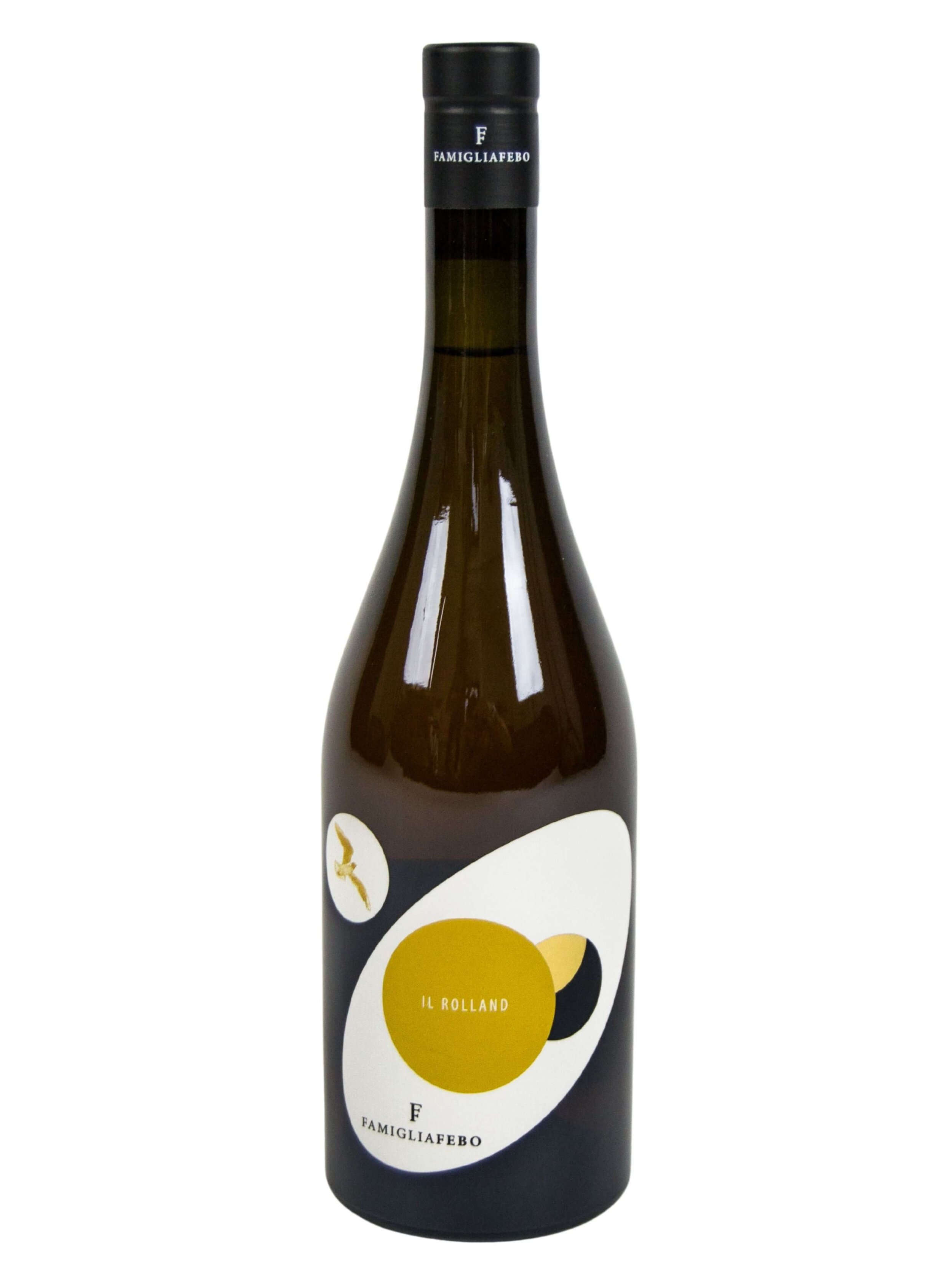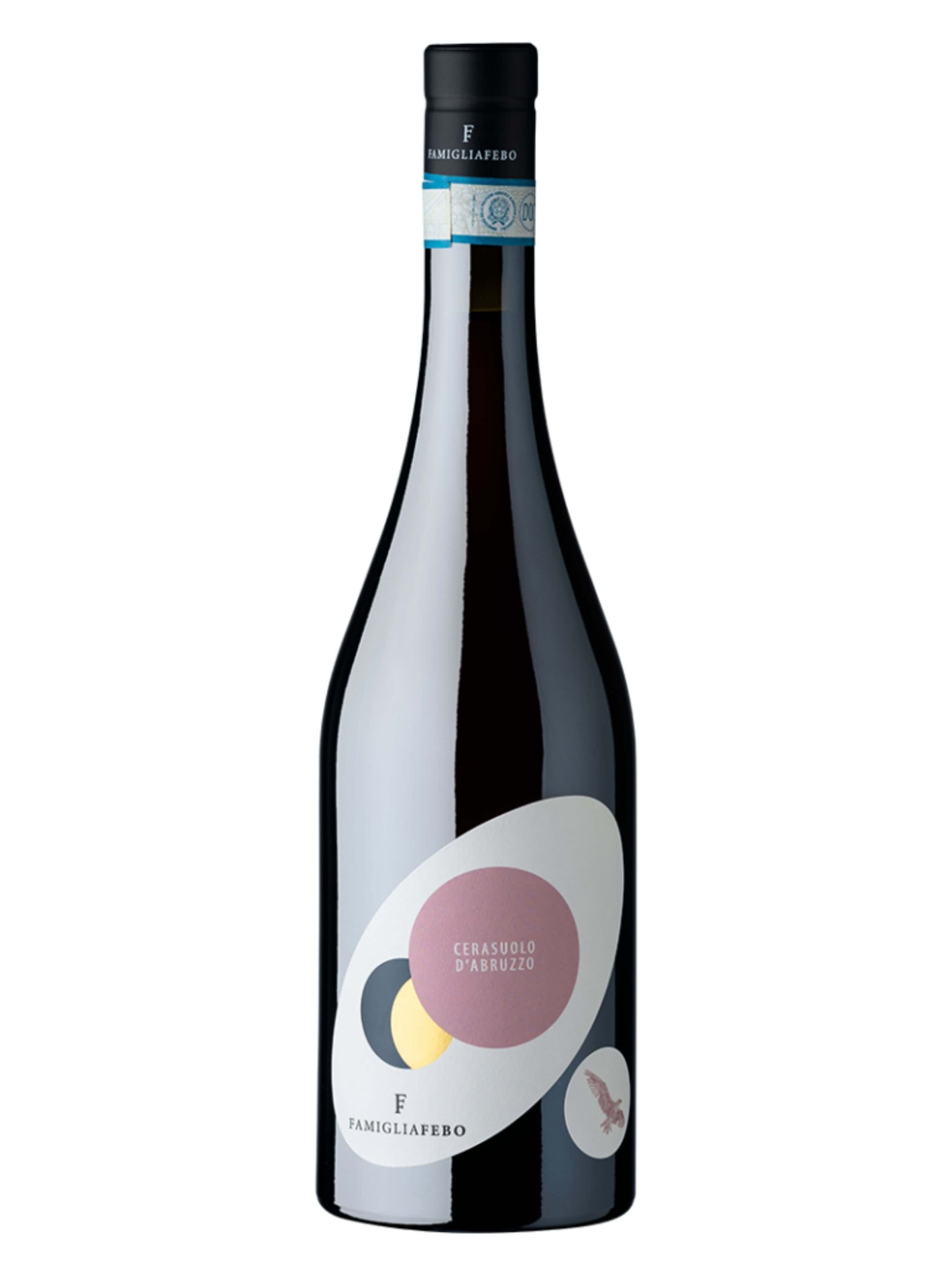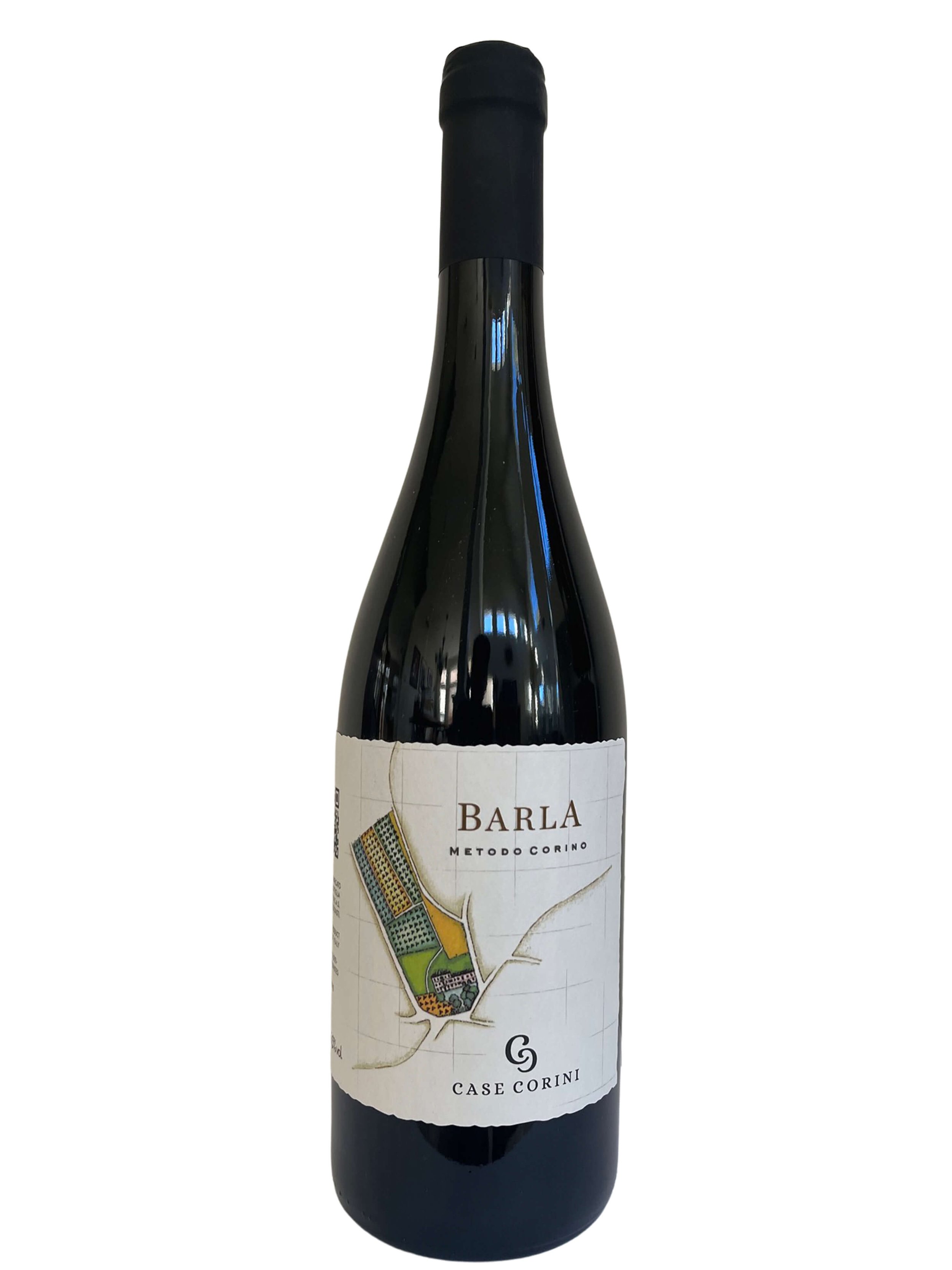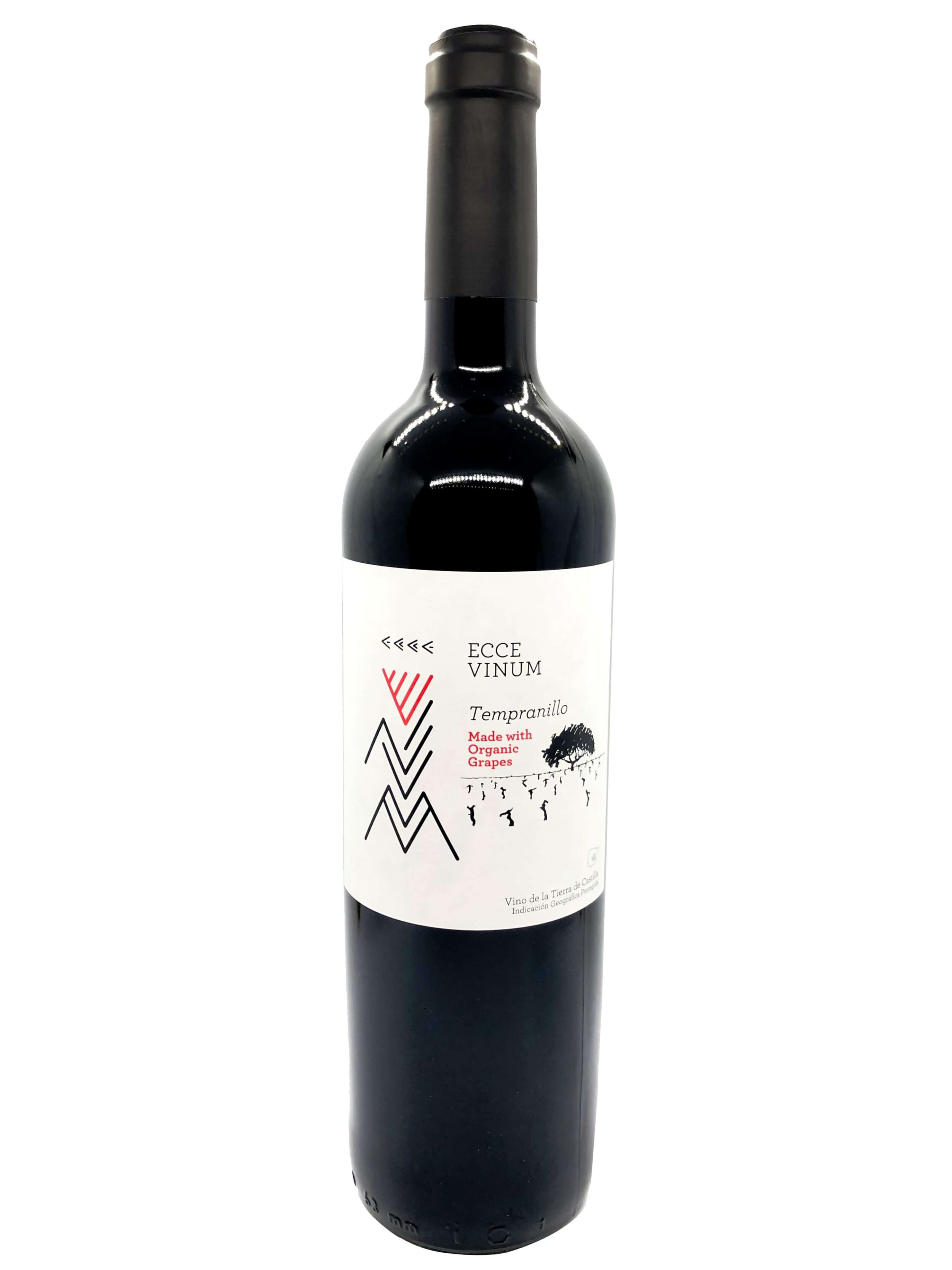Elephants in the Natural Wine Room
Let’s face it: Natural Wine is having a moment. Everyone in the wine world is talking about it in some way or form.
Before going any further, let’s get on the table: what is natural wine anyway? In summary, our take on natural wine coincides with this New York Times article: “Natural wines are free of additives and add minimal sulfites, and they’re usually made with organic grapes.”
Lorenzo Corino’s wine cellar at Case Corini, making natural wine for 6 generations
As we mentioned in a previous article on wine terminolgy, everyone has their own definition of natural wine since there is not one standard industry-wide term. Not having a common definition can create a lot of confusion in the industry and with consumers. An example of this is when Cameron Diaz introdued her wine brand 2 years ago claiming it is a “clean” wine which threw the wine industry into a tizzy. This led to the US government wine labeling authority, the TTB, to discourage the word ‘clean’ as a wine descriptor since clean is a “misleading health-related statement”.
Companies and people in the wine industry are getting embroiled in a similar debate on natural wine. Natural wine is sort of a dichotomy since it is how wine was made for ages, going back to ancient times, as we talked about in this article. Then when large production wine started in the 20th century, in order to achieve large scale in making wine and to produce a product which would have consistent taste and characteristics, chemicals and additives started to become a thing in winegrowing and winemaking. In fact, you can add up to 200 ingredients to wine and not disclose it on the label. This is often referred to ‘conventional winemaking’ and conventional wines are most of the products you see ‘everywhere’ in the US. However many American wine loving consumers, thanks to certain voices and influencers in the wine media and trade, have caught onto this proliferation of making wine like Coca Cola, and are back to seeking an authentic product. Hence the turn back to natural wine.
So now that natural wine has become ‘the hype’ in the wine world, which even large wine producers are latching onto, this is causing a lot of confusion and controversy. So, let’s get some of these unclear or avoided topics to the surface.
Are all Natural Wines Natty?
Depending on how ‘into’ natural wines you are, one term that keeps popping up is natty. Merriam-Webster defines natty as ‘trimly neat and tidy’ which oddly means the opposite when describing a natty wine. You need instead to go to the urban dictionary which says that natty is a nickname for natural.
We consider a wine as natty when it has flaws that the conventional wine world consider unacceptable and instead are acceptable in natty wines. Some examples are:
Lees in bottom of a glass of pet nat wine.
A cloudy appearance, due to it being unfiltered, or with ‘gunk’, i.e. dead lees, at the bottom of the glass or bottle;
Having aromas which are considered defects in conventional wine. One typical descriptor is ‘barnyardy’ that is often caused by a yeast Brettanomyces, known colloquially as Brett. Typically winemakers try to avoid Brett, as it is known to spoil wine. When wine is fermented naturally, anything goes, which includes the formation of Brett yeast. Given the risk natural winemakers take in letting nature do its thing in making fermented juice, there is a certain amount of tolerance for smells which are typically a no-no when evaluating a wine;
Same goes with the taste of a ‘natty’ wines: the ‘bardyardyness’ overflows to the taste of the wine. In a mild case, you get the impression that you’re really tasting earth with the fruit, which is a delightful sensation. But it can cross over to extremes and taste like a wet dog. But hey, some people like that, and do seek out extreme nattiness in natural wines.
However, in our opinion, natural wines do not have to have all of these ‘natty’ elements to be considered natural wine. For example, filtering, especially when done using a decanting method, like Bodega de las Estrellas natural amphora wines, or using vegan products, like Quercia Scarlatta, does not NOT make it a natural wine.
It is a style choice that the winemaker makes. It may not appeal to those seeking out natty wines yet it may appeal to others: like those who are new to natural wines and want to dip their toes into them gradually, or those who claim to have health related issues which they come across in ‘cheap supermarket’ wines and seek out a less tinkered with product, that has less additives and sulfites, like small production, sustainably made wines which Vero curates and sells.
Are all Natural Wines Organic?
Making natural wine means that you’re adding nothing but grapes and maybe a bit of sulfites to protect the wine from easily going bad. But what about how the grapes are farmed?
A vine in Lorenzo Corino / Case Corini’s organically farmed vineyard right before harvest
Unlike natural wine, organic farming does have ‘a’ standard meaning. In a nutshell, it is determined by government bodies which have a set of rules of what it means to farm organically; for example USDA in the US, and the E.U. in Europe, each of which has their own set of rules for organic certification.
At a recent panel discussion at Raw Wine LA Wine Fair, natural winegrowers talked about the dangers of using heavy metals in farming. They were implying to the use of copper which organic standards recommend to treat various farming issues, like powdery mildew, with CA based natural winemaker Rajat Parr saying that copper “is not good for soil in the long run.”
Many small vignerons and winemakers in Italy are coming to the same conclusion. To effectively use copper you must apply to the plant right before it rains. Yet the rains wash away copper, so the copper goes straight to the soil and hardly stays on the plants. So many sustainably-minded winegrowers are seeking alternatives to organic farming rules. They use substances that are less harmful to the environment than loading up on copper however are not (yet) deemed as part of the organic regime by government bodies. Government bodies are often slow to react as well.
Sure, farming without use of artificial agents is definitely better than not using any at all but applying instead a lot of heavy metal to the soil does not seem like a sustainably wise solution either.
We find that working with small producers who are farming their own land will make the best decisions for the health of their land, their health and our health. Hence, we give small producers the benefit of the doubt if they make decisions to not farm strictly according to organic rules that may be outdated anyway. If they are following a careful, minimal intervention approach and are making their wine without anything except a bit of sulfites as necessary to protect from spoilage, we consider that natural wine.
Is There a Mouse in the House?
If there is an elephant in the room in natural wine circles it is mouse. It is a defect in natural wine that you don’t smell and you only detect retronasally, i.e., when you are breathing out after you’ve taken a sip of wine. It is hard to detect but natural wine experts will identify it.
It gets its name from mouse cage which is supposed to be what it smells like. If you never had a pet mouse, think fritos instead. What happens is you sip the wine and while you breathing out you smell fritos. If you think you are getting it but are still not sure, put a drop of wine in the palm of your hand, rub your hands together and if you smell fritos, that’s mouse.
There’s not a lot known about this defect. Thanks to Jamie Goode’s research and book “Flawless: Understanding Faults in Wine”, we know that
it is made by lactic acid bacteria and some strains of Brett,
its detection depends on your mouth pH (aka saliva) which varies depending on the time of day, what you ate and your bodily state,
the biggest risk factor to mouse is when no sulfites are added.
So, to no surprise, this should have been the hot topic at the panel about the challenges of being sulfite-free at Raw Wine LA Wine Fair earlier this month. Yet, the speakers, made up of natural winemakers, were dancing around the subject. It wasn’t until our founder, Sheila Donohue, who was in the audience, raised her hand asking the panel to address this issue head on, as it is a challenge to every player along the natural wine supply chain, from growers and wineries, to importers, distributors and buyers, businesses and consumers.
The 3 natural wine grower makers on the panel who make sulfite-free natural wine all said that they encounter this defect at some point or another in their wines, saying:
there is no 1 reason as to why it occurs
mouse seems to like oxygen and staying on its lees seems to increase the risk
mouse seems to go away when filtering
mouse is isolated to the vessel in which the wine is being made, eg a singular barrel
you can address it by adding sulfites however it needs to be over 30 PPM.
But when it’s said and done, if you’re a fritos lover, a little mouse won’t hurt. It’s more of a risk for those whose livelihoods depend on natural wine. Sooner rather than later there will be more research and knowledge to address these issues, naturally, of course.
Who wants to Explore Some Natural Wines?
Whether you are a natural wine diehard or curious about trying them, Vero has an interesting selection of natural wines from small producers which we seek out around the world, focusing on those not yet in the US market, so they are truly unique and farm-to-glass. Whether you work in the industry or are a wine loving consumer, we are here for you. Go ahead and start shopping or contact us today!













